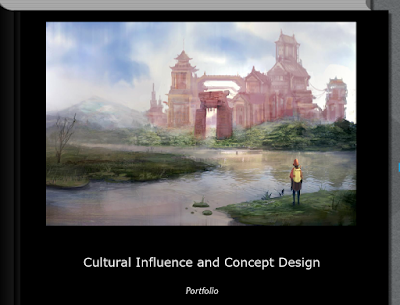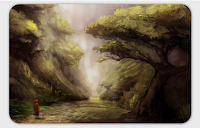Marco Polo is an American-made historical drama inspired by the great traveler Marco Polo, and his years in the service of Kublai Khan, ruler of the Mongol empire and founder of the Yuan Dynasty. Marco must learn the politics and culture of his new home, whilst his master strives to conquer the world in fire. Filmed in Kazakhstan, Malaysia and Venice, the series is aesthetically beautiful. Vast landscapes, sprawling deserts, and attentively detailed costumes are predominant throughout. More than $90 million was spent on more than 6,000 character costumes, and 15,000 accessories, in order to make the series believably 13th Century. The art direction relied on two costume designers, Timmy Yip (Crouching Tiger Hidden Dragon) and Jo Korer (The Duchess), who were tasked with outfitting hundreds of actors in costumes that were to appear to have been made 800 years previous.
Marco Polo incorporates a huge plethora of visual cultures, spanning the stylistic regions of Venice, Mongolia and China, In order to accurately understand and depict these cultures, Yip extensively poured over museum exhibits, films, history documentation, often travelling to Venice in order to work alongside tailors and tradesmen creating the costumes. In order to fully comprehend the extent of the costume design, Yip had many discussions with historical specialists.
The costume design team went to excruciating lengths to ensure each actor was costumed uniquely in order to stand out on screen, being adorned with many necklaces, belts, jewellery and apparel.
The production used at least 7 different animal furs to design the array of costumes, with each character having their own visual style and colour palette. The armour designs used throughout the show clearly differentiate the ranks of each soldier, with the higher ranking more wealthy characters adorning more expensive patterned items.
The series received mixed, predominantly negative reviews. This seemed to be mostly timeline-concerned, as many argued that many of the events that occurred within the series were gathered from a wide array of time periods, and were collated together in a manner that appeared disjointed and clumsy. Other historical inaccuracies included the Mongol court speaking in English (as opposed to Persian), and that the series depicted the Mongol armies breaching the Great Wall of China, a feat which was never achieved in reality.
Despite negative reviews and historical inaccuracies, our study lies with Marco Polo's visual design, as opposed to it's plotline.
























